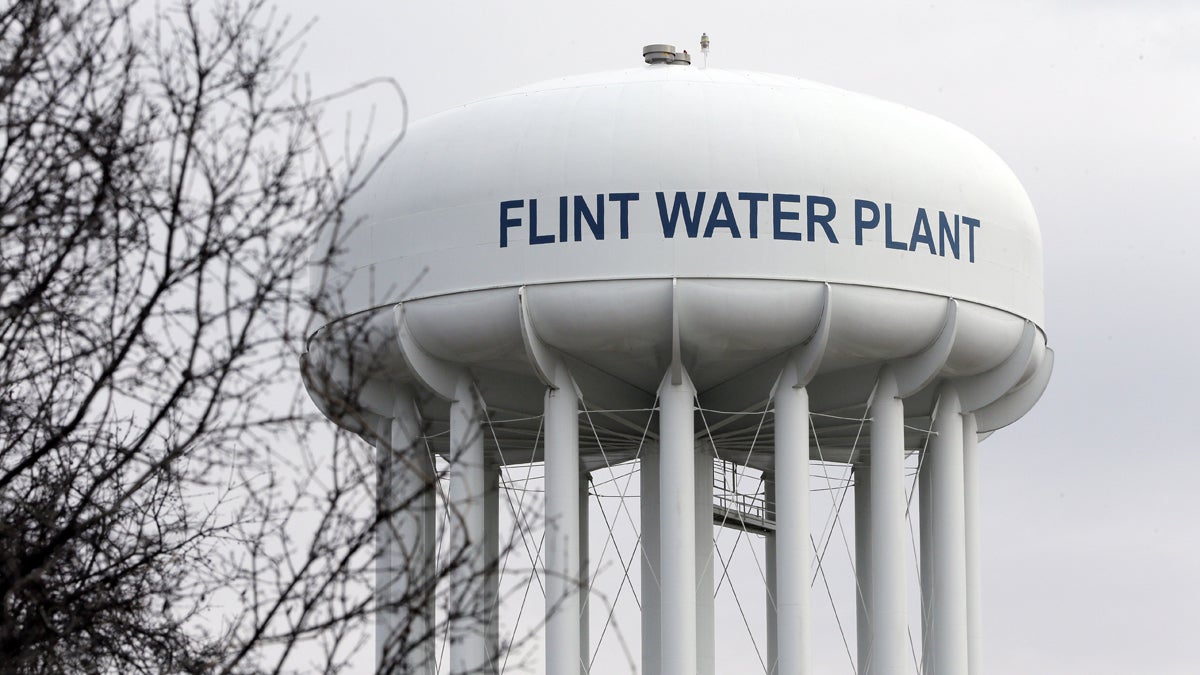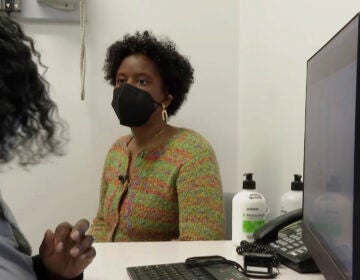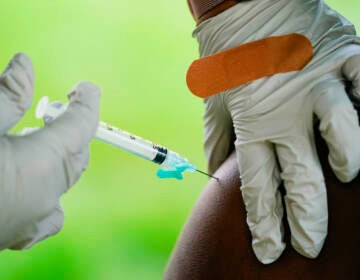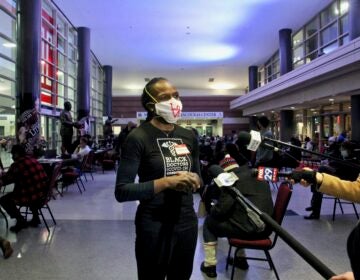40 years after Legionnaires outbreak, the case for a ‘Safe Breathing Water Act’

The water plant tower is seen in Flint
Forty years ago this month, more than 200 cases of Legionnaires disease, resulting in 29 deaths, occurred at hotel hosting an American Legion conference in Philadelphia — giving the disease its name and the American public its first media-amplified look at an outbreak.
Four decades later we’re still being exposed to Legionella bacteria. The rate of reported occurrences has quadrupled since 2000, according to a recent CDC report — but we’ve done little to stifle its primary vector: water in the air.
After months of investigation through the summer and into the fall of 1976, officials traced the Philadelphia outbreak to contaminated water in the hotel’s cooling towers, which exposed the people to the bacteria via the air conditioning system.
Some things never change.
According to the CDC report, issued in May, most cases in the last 15 years were attributed to exposure to Legionella-contaminated potable water, frequently in aerosol form. This sort of exposure can occur from air conditioners, showers, decorative fountains, humidifiers and other places where running or falling water creates a spray that can be inhaled.
Legionella is not the only infectious agent that can multiply in water systems and cause outbreaks when water is aerosolized and inhaled. Outbreaks of non-tuberculosis Mycobacterium have also been traced to water in aerosol form.
It’s time for a Safe Breathing Water Act.
While the Safe Drinking Water Act of 1974 (and its subsequent amendments) has significantly reduced the public’s exposure to ingested, infectious agents, such as viruses and harmful bacteria and chemicals, the crisis in Flint, Michigan, has shown us that gaps in public health protection remain.
What was not well understood at the time of the Safe Drinking Water Act is that the pipes through which water is conveyed may serve as incubators for some bacteria, a number of which can cause illness if aerosols containing these bacteria are inhaled.
Today bacterial amplification and exposure processes are better understood. We have also identified practices that can minimize chances of bacterial occurrence, such as maintaining appropriate disinfection concentrations, keeping levels of nutrients (including those that can be released via corrosion) low and reducing leaks.
It is time to consider amending the Safe Drinking Water Act to include “safe breathing water” provisions, which would incorporate our best knowledge and practice to reduce the public’s risk of inhaling Legionella, Mycobacteria and other respiratory pathogens that can be amplified in water systems and transmitted in aerosol form.
As decades of public health engineering practice have shown, prevention is more effective when implemented closer to the source of the problem. So a Safe Breathing Water Act would include closer control of distribution systems and building piping, as well as restrictions on how systems with the potential to generate large volumes of aerosol are managed.
It would also require licensing those who are responsible for maintaining water quality in large buildings. And buildings, with licensed operators, could be allowed to engage in local treatment without being considered public water systems. The act would set water quality contaminant limits that can be monitored and enforced at end-user taps and intakes of aerosol-generating equipment so as to protect not just people who drink water but also those who unwittingly breathe it as an aerosol.
This would be a suitable recognition of the lessons we’ve learned in the course of 40 years since the mysterious outbreak in Philadelphia made us reconsider all the ways we are exposed to water.
—
This essay first appeared in Charles Haas’ blog.
WHYY is your source for fact-based, in-depth journalism and information. As a nonprofit organization, we rely on financial support from readers like you. Please give today.




